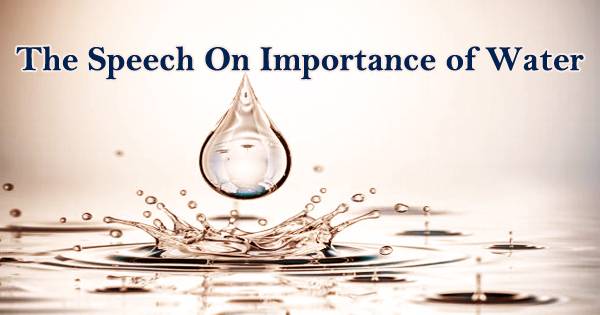An oral examination, also known as a viva voce or oral defense, is a type of assessment in which a student is questioned orally by one or more examiners on a specific topic or subject matter. The purpose of an oral examination is to test the student’s knowledge, understanding, and ability to communicate effectively about the subject matter.
Those who prefer to view a situation as a challenge rather than a threat perform better and are less worried during an oral exam.
This has been demonstrated by Dr. Nina Minkley from Biology Education at Ruhr-University Bochum, Germany, Marco Schickel and Professor Tobias Ringeisen from the Berlin School of Economics and Law in a study involving more than 100 participants. They encourage examiners to foster a relaxed environment and provide information on the exam’s requirements, among other strategies, to help examinees cope with stress. They reported their findings in the journal Contemporary Educational Psychology on 6th March 2023.
Oral examinations can be used in a variety of academic settings, including universities, colleges, and professional certification programs. They are commonly used in disciplines such as law, medicine, and the sciences, where the ability to communicate complex information and ideas is highly valued.
The perception of threat and the cortisol concentration increased during the presentation, while the perception of challenge decreased. Challenge and threat thus show opposite courses and can occur independently of each other. Decreasing cortisol and reduced threat are associated with improved presentation performance.
Nina Minkley
Challenge and threat are independent of each other
Most people are familiar with the fear of exams, but very few people would not experience some level of anxiety before to giving an oral presentation. The research team looked more closely at the pre and post-presentation physical and mental responses.
They did this by asking 123 individuals to discuss their suitability for their ideal job in front of an impartial examiner. Saliva samples from the test subjects were collected both before and after the presentation, and the cortisol levels in the samples was measured.
They also asked the participants questions, which provided information about whether they perceived the situation as threatening or challenging. The adjectives “confident,” “hopeful” and “optimistic” represented a challenge, while “worried,” “anxious” and “fearful” represented a threat.
“The perception of threat and the cortisol concentration increased during the presentation, while the perception of challenge decreased. Challenge and threat thus show opposite courses and can occur independently of each other,” reports Nina Minkley. “Decreasing cortisol and reduced threat are associated with improved presentation performance.”
In particular, the individuals were less likely to produce cortisol and were more likely to see the circumstance as a challenge than a threat because to their impression of self-efficacy.
Possibilities for examiners
“This knowledge is particularly interesting as it highlights possible ways to reduce stress during oral examinations,” says Nina Minkley. “For example, examiners could inform the examinees about the conditions and requirements of the presentation situation in advance in order to keep the initial perception of threat as low as possible.”
Also, when people presenting the presentations enter the room, the examiners could provide a welcoming and encouraging environment right away, react more emotionally, and provide feedback based on behavior.
















